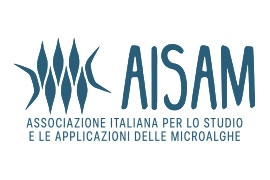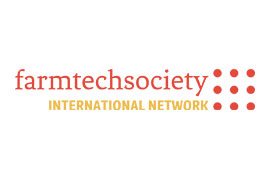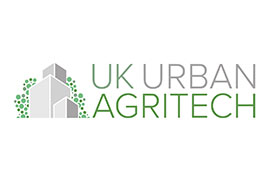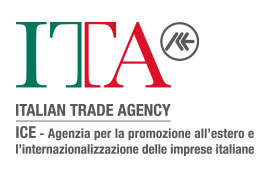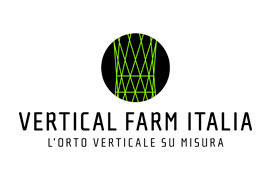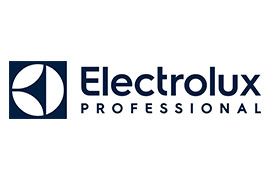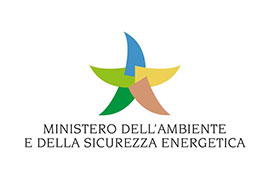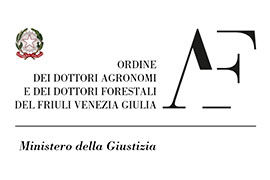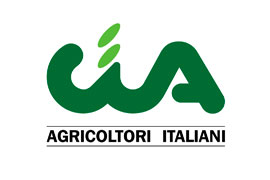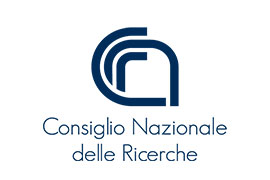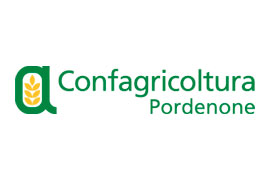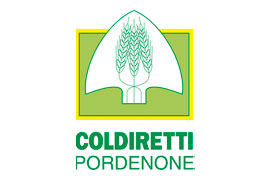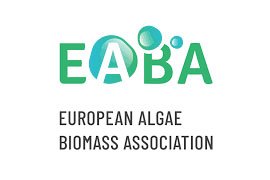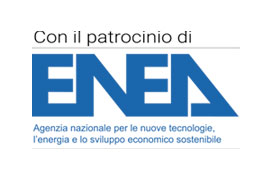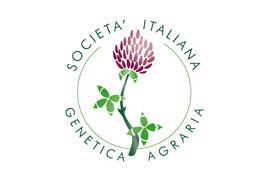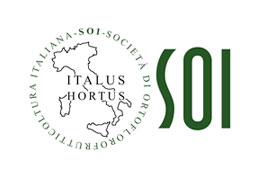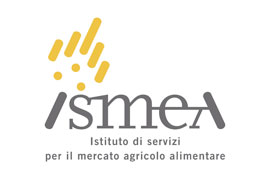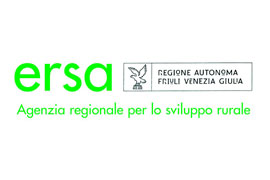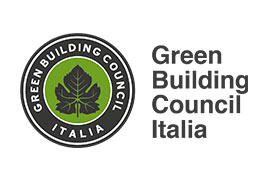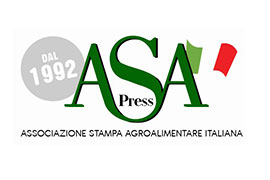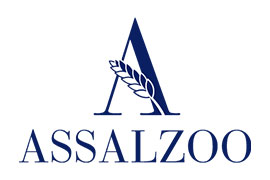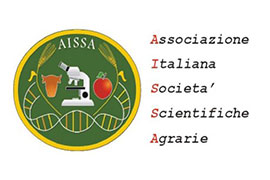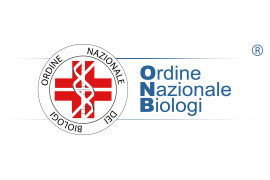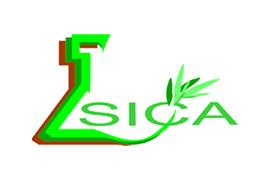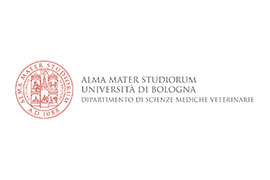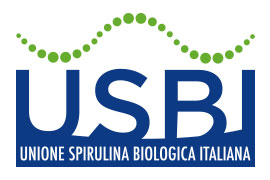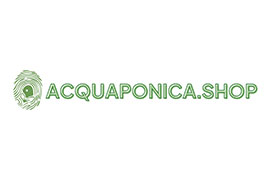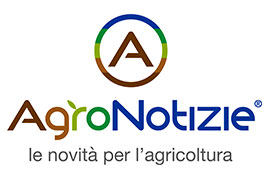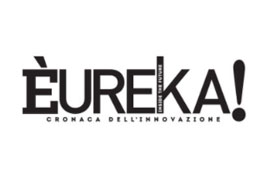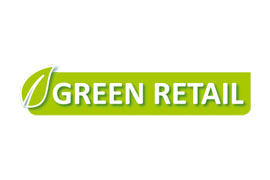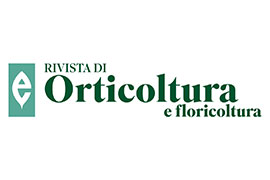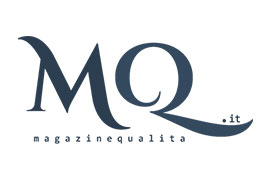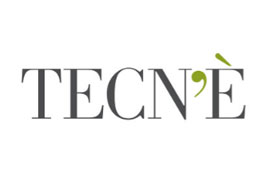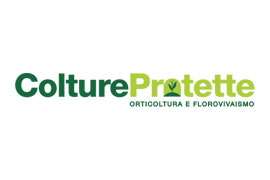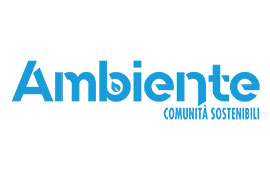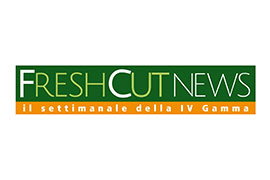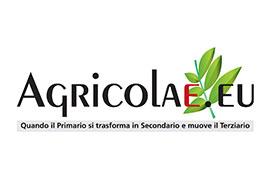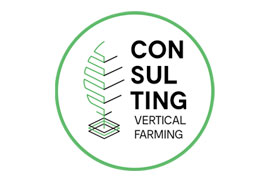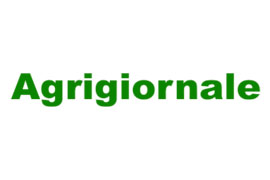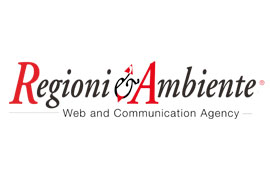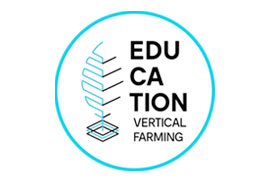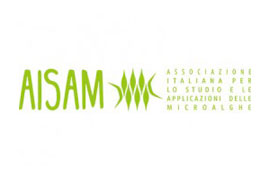Title: administrator
Association/Company: Archimede Ricerche srl
Speech session
Processo di produzione delle microalghe: sistemi e strategie
Speech
Industrial Spirulina’s production plants
Abstract
Microalgae are photosynthetic bacteria that can be exploited in various industrial sectors. The increasing interest in these organisms leads to an increase in demand for products used for various purposes, from food formulations with high nutritional value to the extraction of bioactive molecules useful for the cosmetic, pharmaceutical and nutraceutical industries. These demands pose a major challenge which reflects the need to increase production capacity at an industrial level.
Nowadays, microalgae cultivation systems are different, classifiable into two macro categories: Open pond and Photobioreactors.
Open ponds are systems where the culture grows inside ponds in contact with the atmosphere and therefore with light; alternatively, the ponds can be inserted inside structures that allow greater control of the process conditions, for example agricultural greenhouses.
Photobioreactors (PBRs) are transparent reactors, which therefore allow the passage of the light necessary for the growth of the culture, and also in this case the system can be created externally or internally in controlled environments.
The choice of one cultivation system over another takes various aspects into consideration. Generally speaking, open pond systems can be defined as the simplest and most economical, both at a construction and operational level. However, these plants are more subject to external contamination, unless extremophile species are used, and being often built in uncontrolled environments they are more dependent on climatic and atmospheric conditions.
PBRs, on the other hand, have a high cost compared to open ponds and require greater experience and attention for their use. Unlike open ponds, photobioreactors allow greater control of process conditions and a lower risk of external contamination.
The technologies available at the moment limit the development of the market globally.
To date, the main challenge concerns the simplification of the production process and the control of growth parameters, and the reduction of production costs to make the cultivation of microalgae accessible to everyone and not just to specialized technicians.
Our experience as a company concerns the simplification of the process and the increase in the ability to control growth parameters such as temperature, microorganism concentration, culture agitation, pH and light, and equally the improvement and simplification of the production process.
Our work therefore aims to improve and simplify these aspects. The evidence collected, following various interventions and experiments, underlines that greater control of growth parameters allows a significant increase in productivity; this increase must be followed by maximizing the efficiency of biomass collection, which will then have to undergo further processing, also aimed at making the process more efficient, as well as the quantity of dry biomass (final product) available for placing on the market.
The ultimate aim of the work carried out is to simplify a technically complex and demanding process, so that this type of activity can be carried out by everyone, even by individuals with limited technical knowledge and few resources.


